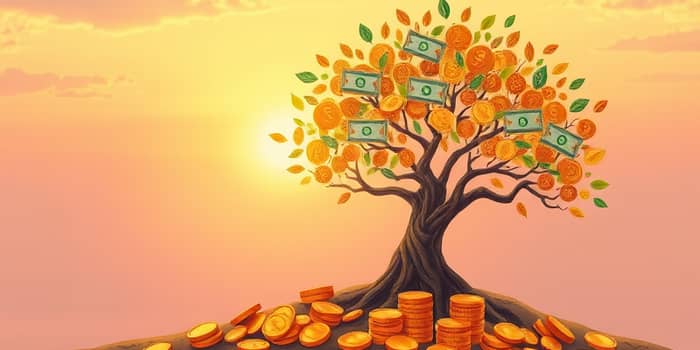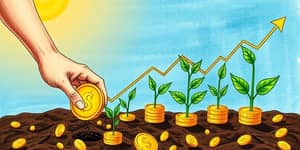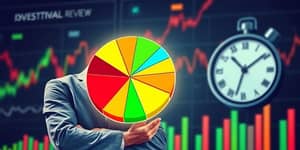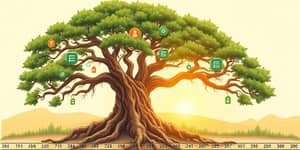
Dividend reinvestment stands as a simple yet transformative strategy that can reshape an investment journey. By redirecting distributions back into share purchases, investors tap into the snowball effect of compounding returns.
Rather than viewing dividends as mere cash payments, reinvestment unlocks a path to accelerating portfolio growth exponentially, enabling wealth to build on itself over decades.
When a company or fund issues dividends, shareholders typically receive cash. However, with dividend reinvestment, these payouts automatically purchase additional shares of the same security. This approach often occurs through Dividend Reinvestment Plans, known as DRIPs, which brokers or companies provide.
DRIPs offer features like automatically reinvest dividends without commissions and purchasing fractional shares so that every cent of dividend income works for the investor. The result is a seamless process that nurtures disciplined, long term investing.
Compounding occurs when earnings generate their own earnings. By reinvesting dividends, each distribution buys more shares which in turn generate more dividends. Over time, this loop tightens and growth accelerates.
Consider a portfolio of 1,000 shares priced at 20 dollars, with a one dollar annual dividend per share. In the first year, dividends total 1,000 dollars. Reinvesting buys 50 new shares. The next year, dividends rise to 1,050 dollars, purchasing even more shares. In three decades, this method can nearly double the final portfolio value compared to taking dividends as cash.
This simplified illustration demonstrates how the mechanical power of dividend reinvestment transforms modest payouts into significant wealth over time.
Dividend reinvestment aligns perfectly with passive investment philosophies. By automating contributions through dividends, investors avoid the pitfalls of market timing and emotional decision making. Instead, they benefit from automate growth without active management and stay true to long term objectives.
Moreover, reinvesting dividends acts as a form of dollar cost averaging. Shares purchase at varying market prices so that investors buy more when prices dip and fewer when prices rise. This mitigate the impact of volatility and smooths the overall cost basis.
Some investors believe taking dividends as cash is safer or more flexible. In reality, cash distributions can languish unused, reducing overall growth. Others worry that reinvesting in a falling market magnifies losses. Yet buying more shares at lower prices ultimately boosts future dividend income and capital gains.
By dispelling these myths, investors can embrace the reinvestment process and witness the true value of compounding over time.
While dividend reinvestment suits those focused on long term accumulation, individual goals may differ by life stage. For young investors, a full reinvestment strategy maximizes the benefits of time. A senior investor, however, might adopt a hybrid approach reinvesting some dividends and withdrawing the rest for living expenses.
Market conditions also influence the optimal strategy. In bullish environments where both share prices and dividend yields climb, reinvestment yields even greater returns. Yet in downturns, reinvesting at lower valuations can amplify future gains once markets recover.
Starting dividend reinvestment is straightforward. Investors can follow these essential steps to harness compounding:
Once set up, the process requires minimal intervention. Dividends flow back into the portfolio, and the compounding engine takes over.
Whether aiming for retirement security, funding education, or building a legacy, reinvested dividends can bring investors closer to their goals sooner. By focusing on fractional share purchases fully utilize payouts, every distribution contributes to growth rather than idling as cash.
Embracing dividend reinvestment is not merely a tactic; it is a mindset. It encourages patience, consistency, and a focus on the long term, even when markets swing in the short term.
Ultimately, investors who commit to dividend reinvestment position themselves to benefit from a compounding cycle that grows more powerful with each passing year. The decision to reinvest today can lay the foundation for exponential growth and lasting financial freedom.
References













